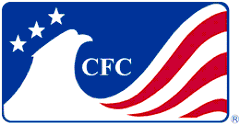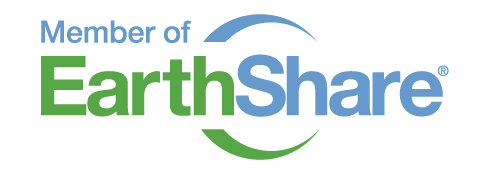Resource Type: Activities/Lesson Plans
Topic: Biodiversity, Water, Urban Environments, Pollution, Geography
“Coastal monitoring” refers to periodic measurements of physical, chemical, biological, and meteorological factors that may affect the use and quality of coastal resources. For example, such factors may include temperature, salinity, presence of chemical contaminants, biological species, life stages of these species, rainfall and storm events.
Coastal ecosystems provide many benefits to human communities, including food, ports, recreational opportunities, habitats for diverse plant and animal life, and minerals.
Students will retrieve and interpret data on the distribution of selected estuarine animals at various stages in the life history of these animals and relate these distributions to salinity conditions as well as compare the distribution of selected species in two or more estuaries, and to draw inferences about the ecology of these estuaries.
NEEF participates in the Combined Federal Campaign (CFC) as a member of EarthShare, an umbrella organization for the most respected and responsible environmental and conservation organizations in America. If you are a federal government employee please consider giving to NEEF through the CFC. Our CFC number is 11792.
By becoming a member of Classroom Earth you become part of a nationwide community of high school educators teaching about the environment. Join Now.




